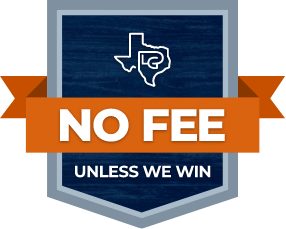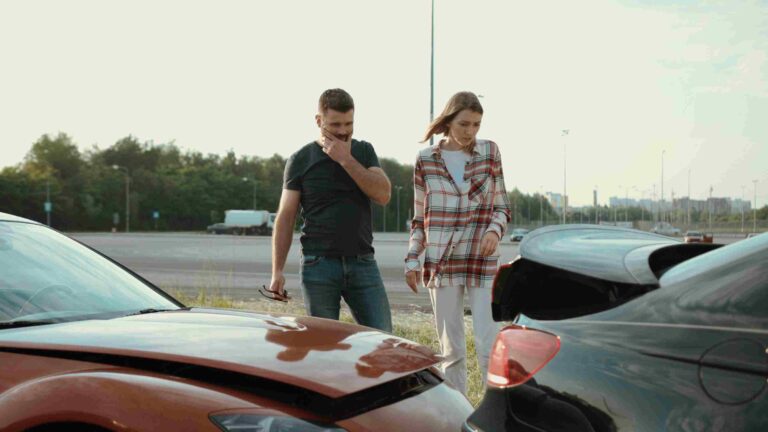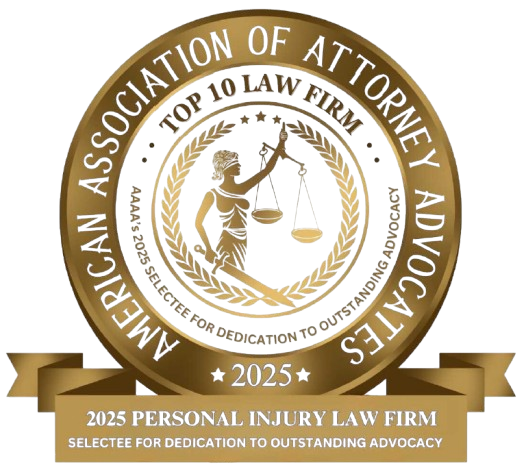Traffic laws are in place to prevent accidents, and the rules regarding who must yield the right of way can prevent collisions at highway entrance ramps, intersections, and other places. Unfortunately, the failure to yield is one of the most common causes of crashes. Contact us at Patterson Law Group if you’ve been hurt due to the negligence of another driver. Your choice of a lawyer is an important one. Put your trust in our team of veteran injury attorneys for aggressive, client-focused advocacy that gets results.
Who has the right of way?
It can be challenging to determine who has the right of way. There are many ways two vehicles can approach the same intersection simultaneously, and the rules determining who should go first can be complex. For example, pedestrians will usually have the right-of-way in crosswalks. In addition, drivers already established in a lane of traffic will also have the right-of-way compared to motorists attempting to merge or turn into that lane. However, impatient or distracted drivers often ignore these rules and cause an accident.
Traffic lights and the right-of-way
Often, traffic lights or signs will indicate who has the right-of-way. Obviously, a driver with a red light does not have the right-of-way, while a driver with a green light does. A driver facing a yellow or flashing red light must look at the other circumstances around them to determine if they have the right to proceed.
While the right-of-way at a light-controlled intersection is usually obvious, some cases might not be so clear. For example, in some jurisdictions, motorists have the right to make a right turn at an intersection on a red light so long as it is safe to do so. However, other jurisdictions make it clear drivers only have the right of way when a green or flashing yellow light indicates it.
Things can be more complex at intersections not controlled by traffic lights. Generally, the first driver that comes to a complete stop has the right-of-way to proceed. When two vehicles arrive at an intersection simultaneously, the rules of the road require you to yield if the other vehicle is to your right. It is always important to be vigilant regarding potential hazards. For example, if you recognize that a driver has failed to yield or appears to be on the verge of doing so, give them plenty of room to avoid a crash.
Tips for determining the right-of-way
First and foremost, watch for traffic lights and signs. They will generally inform you whether you have the right-of-way or not. In the absence of these indicators, use your best judgment. For example, if another driver reaches the intersection at the same time you do, allow them to go first.
Contact us for a free consultation
Failing to yield the right-of-way is dangerous and often causes car accidents. If this has happened to you, the Patterson Law Group is here to advocate for you. We also have staff members trained to assist clients with their property damage or to help with their insurance company, including Med Pay. We do this to add value to you, our client.
Reach out as soon as possible for a free consultation to discuss your case–there is no obligation to hire us afterward. We work on a contingency basis, so there are no upfront legal fees.










